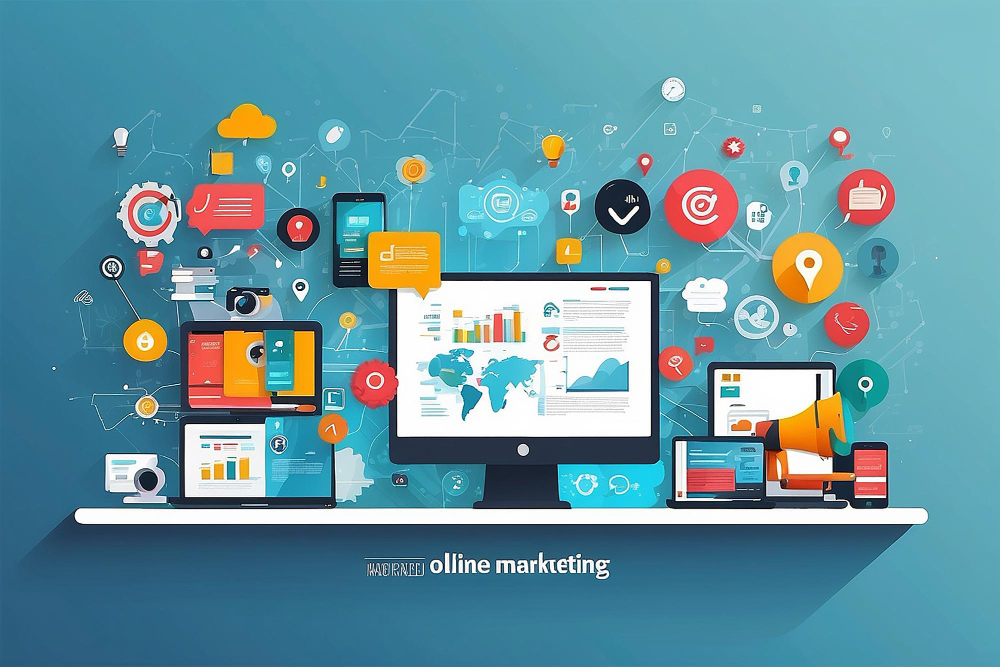In today’s digital age, businesses face the challenge of meeting customer expectations across multiple channels, both online and offline. The integration of these channels is crucial not only for delivering a seamless customer experience but also for maximising conversions and fostering long-term customer relationships. In this blog, we explore effective strategies and best practices for businesses to integrate their channels effectively.
Understanding Multi-channel Integration
What is Multi-channel Integration?
Multi-channel integration refers to the strategic alignment and coordination of various marketing and sales channels—both digital (online) and physical (offline)—to provide customers with a unified and consistent experience throughout their journey. This approach acknowledges that customers interact with brands through multiple touchpoints and seeks to optimise these interactions for enhanced engagement and conversion.
Importance of Seamless Integration
- Enhanced Customer Experience: A seamless experience across channels reduces friction and enhances convenience for customers, leading to higher satisfaction and loyalty.
- Increased Conversion Rates: By providing cohesive messaging and a unified brand presence, businesses can guide customers more effectively through the sales funnel, resulting in higher conversion rates.
- Improved Insights and Attribution: Integrated channels enable better tracking and attribution of customer interactions, providing valuable insights into customer behaviour and preferences.
Strategies for Integrating Multiple Channels
1. Develop a Unified Customer Profile
Creating a single view of the customer across all channels is foundational to effective integration. This involves consolidating data from online interactions (website visits, social media engagements, email interactions) and offline interactions (in-store purchases, customer service calls) into a centralised CRM system. A unified customer profile helps businesses personalise interactions and tailor marketing messages based on individual preferences and behaviour.
2. Consistent Brand Messaging
Consistency in brand messaging is key to maintaining a cohesive customer experience across channels. Whether a customer engages with your brand online or visits a physical store, the messaging should reflect your brand values, voice, and offerings. This consistency builds trust and reinforces brand identity, making it easier for customers to recognize and engage with your brand wherever they encounter it.
3. Seamless Omnichannel Customer Service
Omnichannel customer service ensures that customers receive consistent support and assistance across all channels. This includes integrating customer service platforms (such as chatbots, phone support, email) with CRM systems to provide agents with a complete view of customer interactions. Customers should have the flexibility to switch between channels without having to repeat information, ensuring a smooth and efficient resolution of issues.
4. Optimise Cross-channel Marketing Campaigns
Integrate marketing campaigns across online and offline channels to create a unified customer journey. For example, use digital advertising to drive traffic to physical stores or promote in-store events through social media and email marketing. Implementing consistent campaign messaging and promotions helps reinforce brand awareness and encourages customers to take action regardless of the channel they prefer.
5. Implement Technology Solutions
Utilise technology solutions such as marketing automation platforms, CRM systems, and data analytics tools to facilitate multi-channel integration. These tools enable businesses to automate marketing workflows, analyse customer data for actionable insights, and measure the impact of campaigns across different channels. Investing in robust technology infrastructure empowers businesses to deliver personalised experiences and optimise marketing spend effectively.
Case Study: Successful Multi-channel Integration
Example: Retailer XYZ
Retailer XYZ successfully integrated its online and offline channels to enhance customer experience and drive sales. Here’s how they did it:
- Unified Loyalty Program: Implemented a loyalty program that rewards customers for purchases both online and in-store, with points and discounts accessible through a mobile app.
- Click-and-Collect: Introduced a “click-and-collect” service where customers can order products online and pick them up at their nearest store, enhancing convenience and bridging online-to-offline interactions.
- Personalised Recommendations: Used data analytics to personalise product recommendations on their website and in-store displays, based on customers’ past purchases and browsing behaviour.
- Omni-channel Customer Service: Integrated their customer service channels to provide consistent support, with options for live chat, phone, and social media responses, ensuring prompt and personalised assistance.

